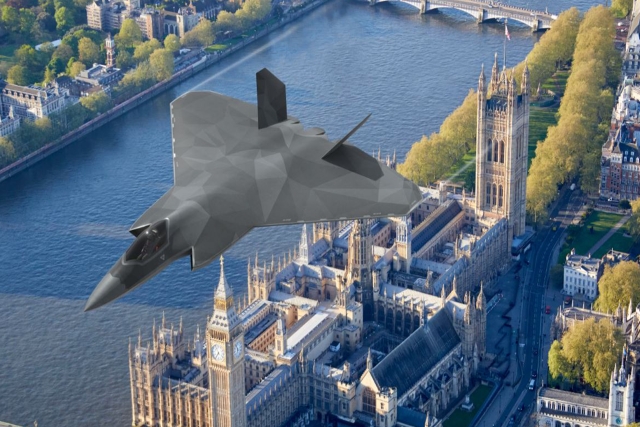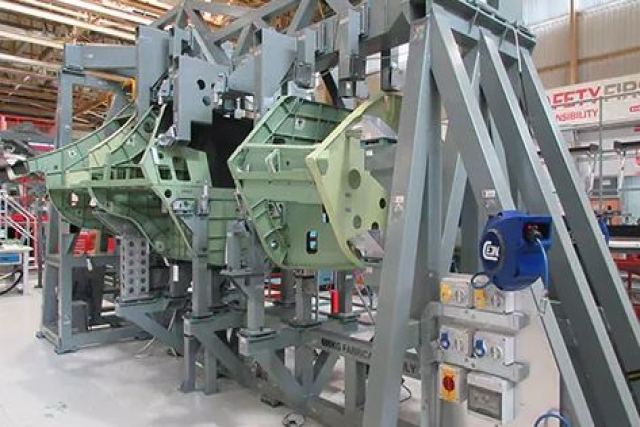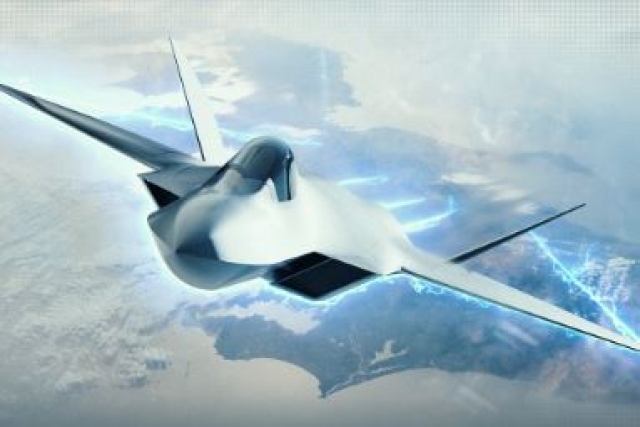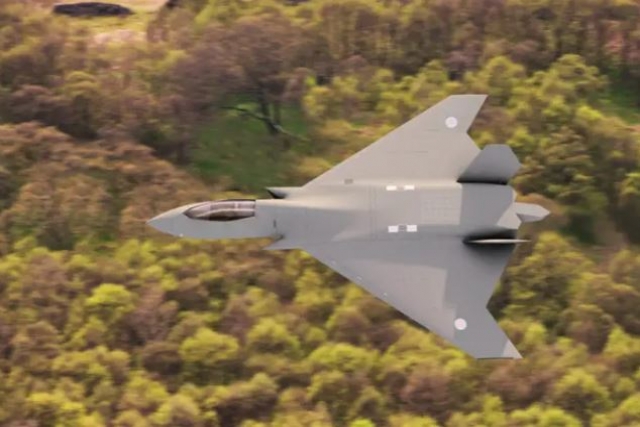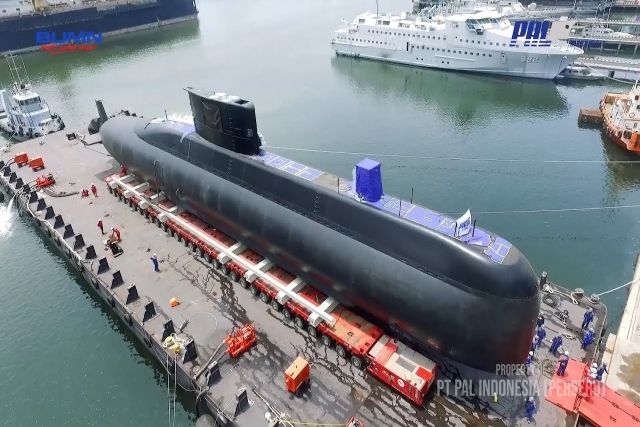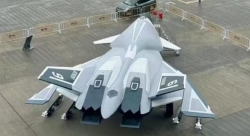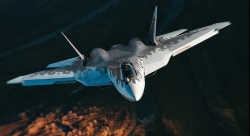Italy Accuses U.K. of Holding Back Tech in Tempest Fighter Jet Project, Lobbies for Saudi Arabia to Join
Defence minister urges U.K. to dismantle ‘barriers of selfishness’ as Italy, Japan seek equal access in joint sixth-generation aircraft programme

Italy has accused the U.K. of keeping critical Tempest fighter jet technology under wraps and is now pushing for Saudi Arabia to join the programme to expand its influence.
Italian defence minister Guido Crosetto, speaking to reporters, claimed that Italy and Japan—both key stakeholders in the programme—have not been given access to all aspects of the U.K.’s technological work. He called on London to end what he described as a “barrier of selfishness” obstructing closer cooperation.
“There is no longer anyone who can be considered first and second class and who wants to defend old legacies,” Crosetto was quoted as saying by BFBS Forces News. “You have to break down some barriers of selfishness. Italy has broken them down totally, Japan almost totally. It seems to me that the U.K. is much more reluctant to do this, and that’s a mistake because selfishness is the worst enemy of nations.”
Despite his criticism, Crosetto did not name the specific technologies allegedly being withheld by the U.K.
In response, the U.K. Ministry of Defence defended its approach to the GCAP programme. “GCAP is a leading example of the strength of joint programmes,” a spokesperson said. “The technologies we are developing and the capabilities we are building together are at the cutting edge of science and engineering. Collectively, we will take to the skies one of the world’s most advanced fighter jets.”
The Tempest fighter is a sixth-generation aircraft being jointly developed by BAE Systems (U.K.), Leonardo (Italy), and Mitsubishi Heavy Industries (Japan). It is expected to enter service with the Royal Air Force from 2035, eventually replacing the Typhoon.
The Tempest concept includes scalable autonomy, allowing it to operate in manned, unmanned, and optionally-manned configurations. It will integrate onboard and offboard data processing and is designed for adaptability, speed, and survivability in complex combat environments.
The GCAP consortium took a step forward in 2023 by establishing a new joint company, equally owned by the three countries’ major aerospace contractors: BAE Systems, Leonardo, and Japan’s Aircraft Industrial Enhancement.
Italy is also lobbying for Saudi Arabia to join the programme. “The choice of Japan was key in this respect, so would be Saudi Arabia, which has a need for technological growth and has more resources available than our three countries,” Crosetto said.
Meanwhile, the U.K. has begun exploring sustainability in aircraft manufacturing. In a first-of-its-kind initiative, retired Eurofighter Tornado jets are being dismantled and their parts recycled into 3D-printable materials for Tempest development. High-value metals such as titanium, aluminium, and steel are being recovered and used to 3D print new components. One of the newly produced nose cones has already passed safety and performance tests when installed on a Rolls-Royce Orpheus test engine.
